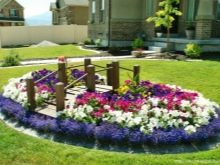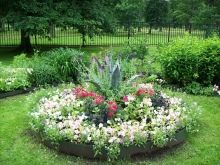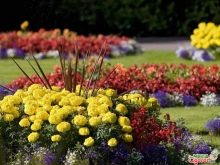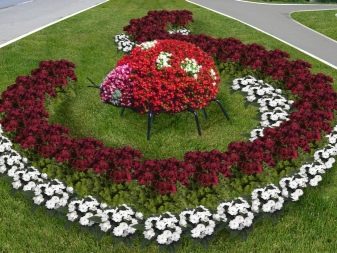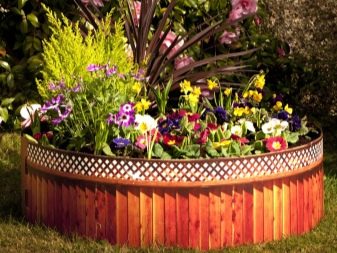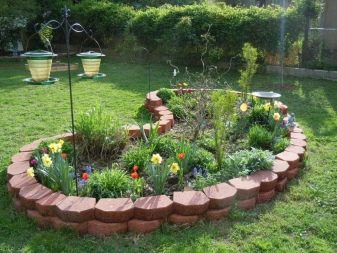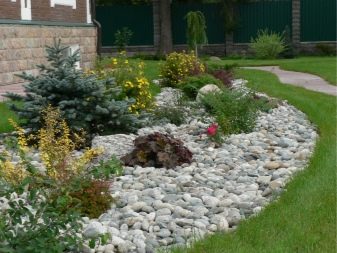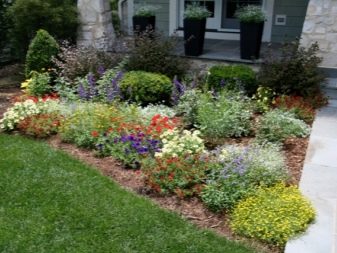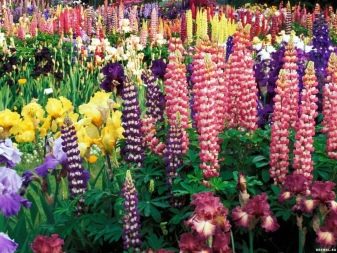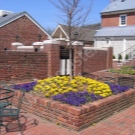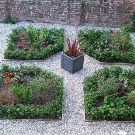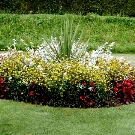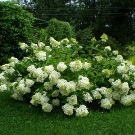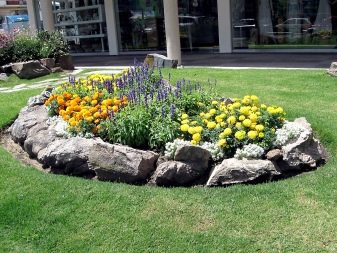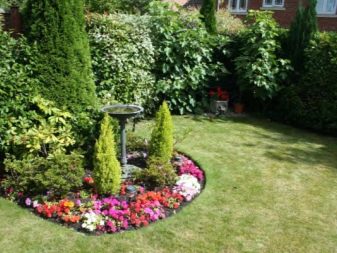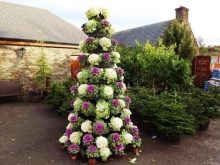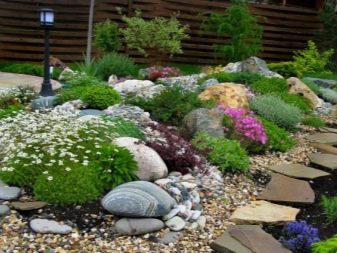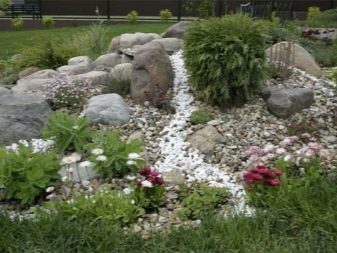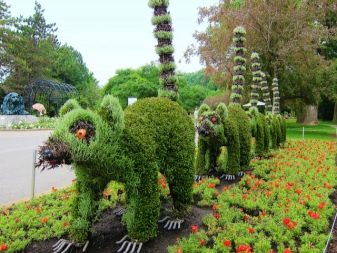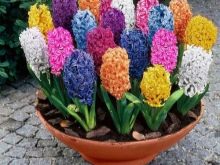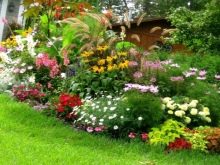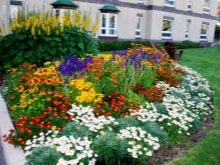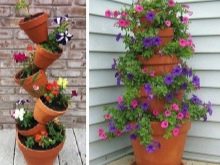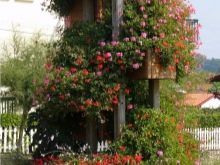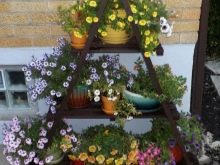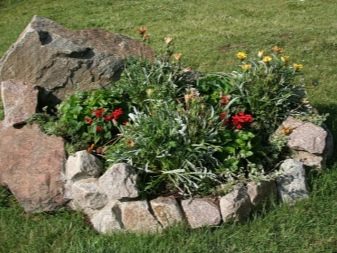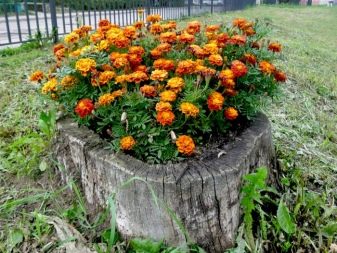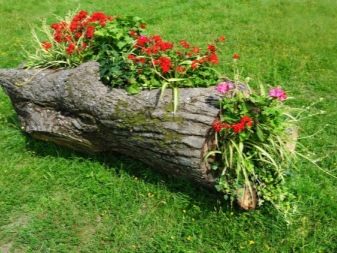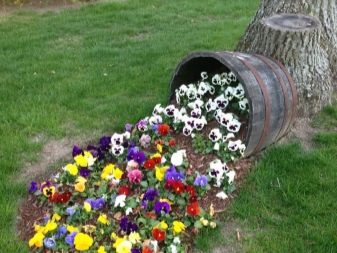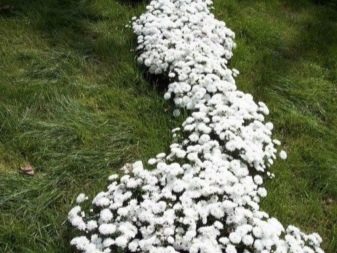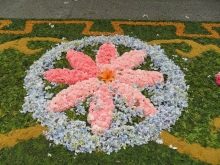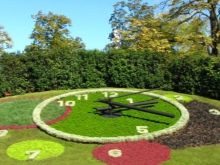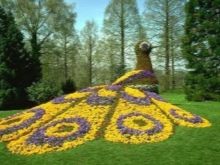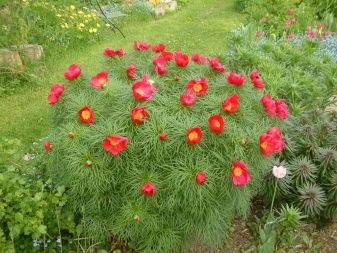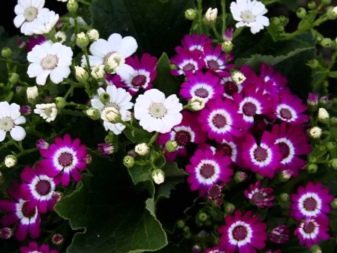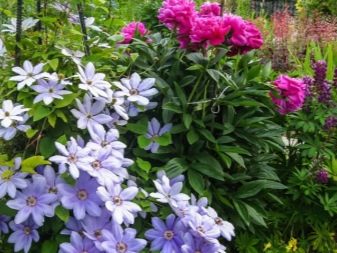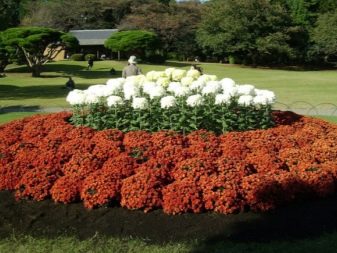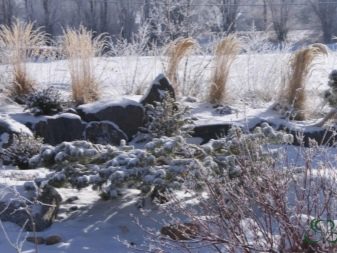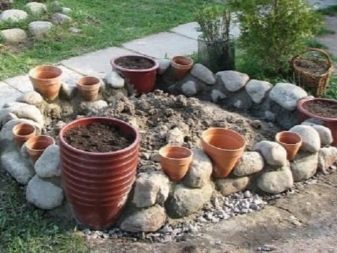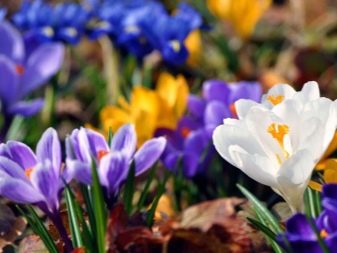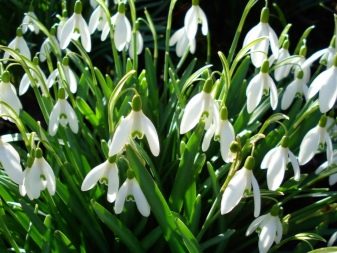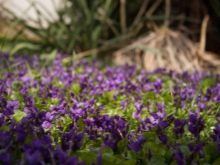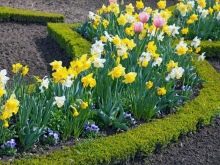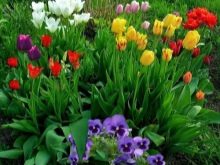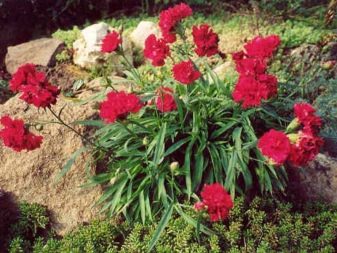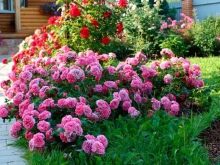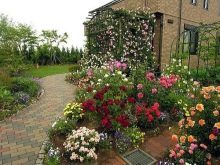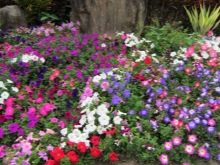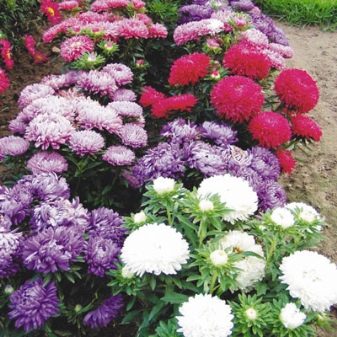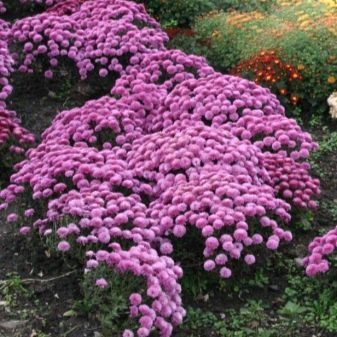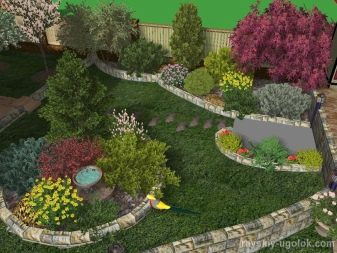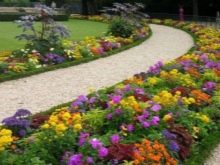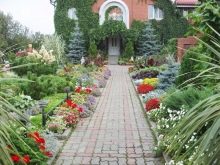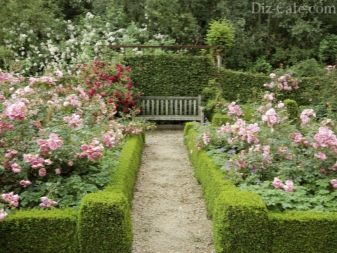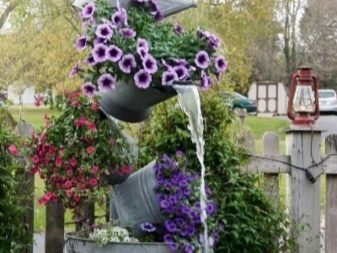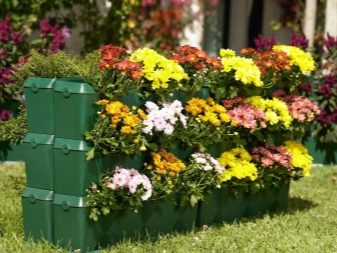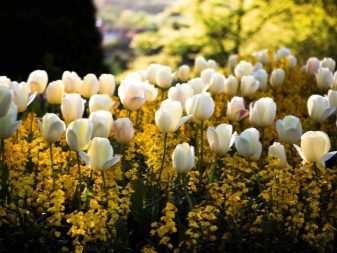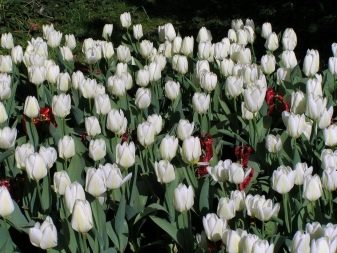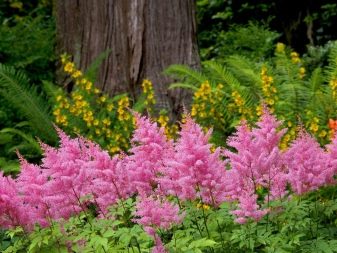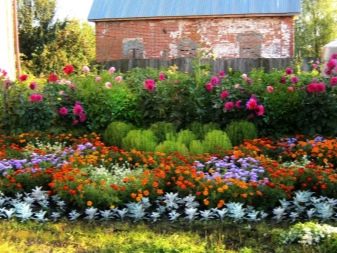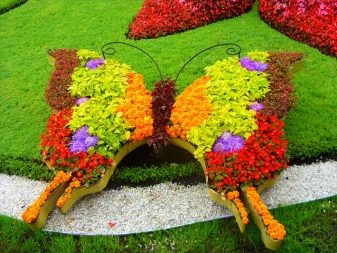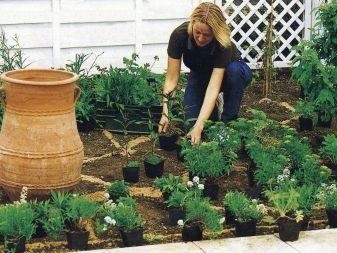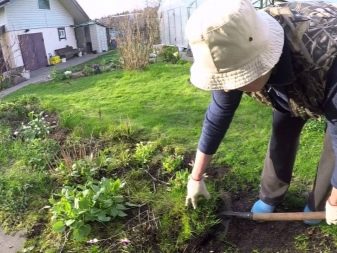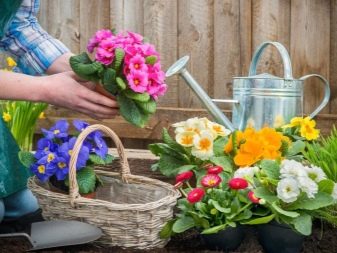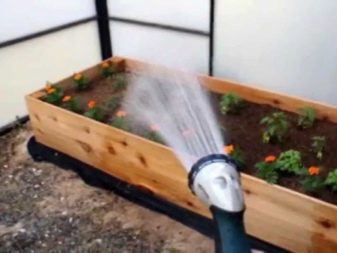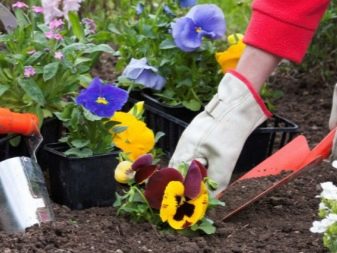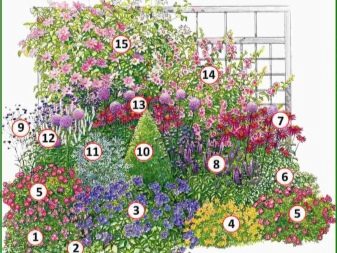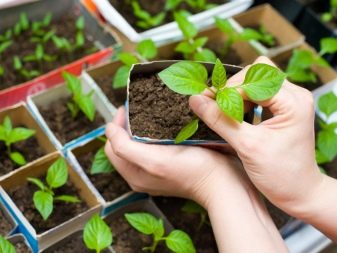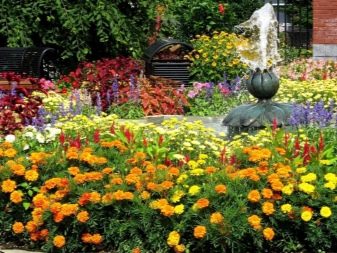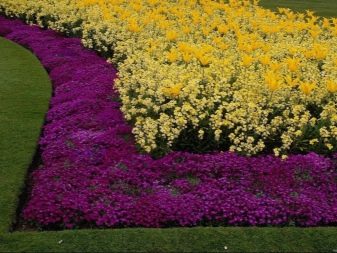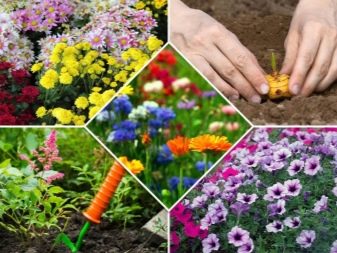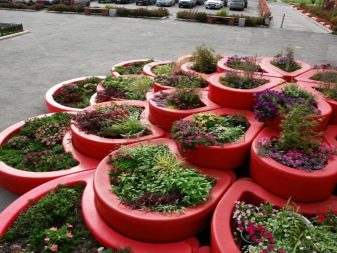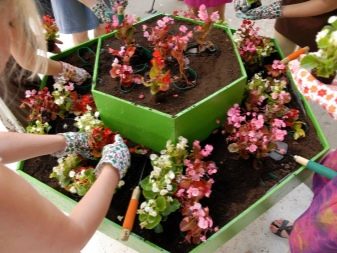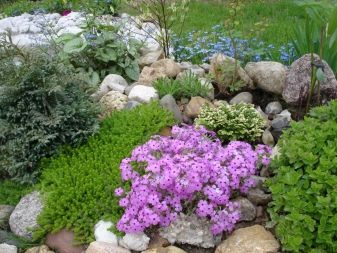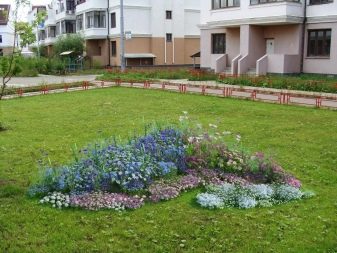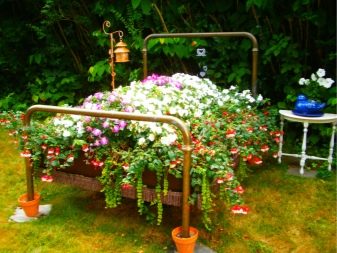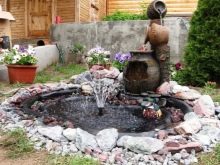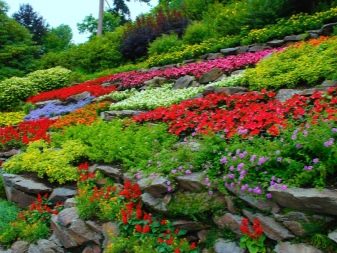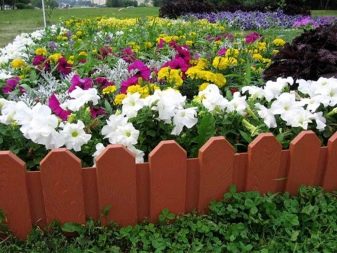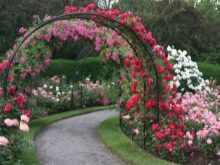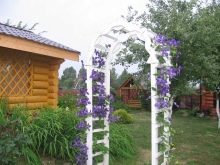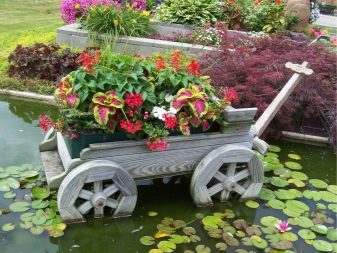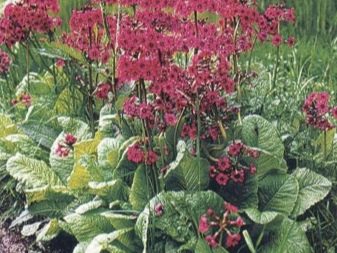Flower beds in the country: design options
There is no happier occupation for the hostess of the dacha than to come up with and implement the breakdown of flowerbeds on it Flowers breathe poetry into a stay outside the city, creating an atmosphere of celebration and joy. At the same time, it is not at all necessary to entrust the design of flower beds to a professional designer. Harmony and elegance of floral compositions can be achieved independently.
Special features
When choosing the design of your flower bed, everything will depend on personal preferences and concepts of beauty and style. By the way, it is accepted to call a flowerbed any collection of flowers that have any shape. Some people like free landscape flower beds, i.e., spills of flowers in the form of bright spots on a green lawn. Others more like flower beds of rigorous shapes - round, elliptical or triangular.
Among summer residents there are a lot of fans and mixed options. Such a variety implies that the flowerbed is not only floral, but also contains ornamental shrubs, conifers, and sometimes dwarf trees. In trend mixborders - it can be said flower bed along the walkway. Usually it is made up, playing at the height of flowers - from the smallest to the tallest - such an elegant fence, blooming from spring to frost.
Adherents of classic flowerbeds usually stop at parterre - a large flower garden in the center of the garden in the form of a square or rectangle. Plants in it are planted so that a magnificent pattern built on contrasting shades of shades is obtained.
Those who are to the natural picture, usually like tapeworms - single bushes of high, elegant flowers, carelessly scattered towards the house and attracting attention. More and more in fashion with landscape designers and amateur gardeners rabatka, which is a collection of low flowers, as if running “in single file” with a thin strip along the path and emphasizing its ornament.
When breaking a flower bed, it is important to understand the logic of its future review. Flat beds are suitable for giving with differences of heights, terraces. These flower beds are well admired from the bench on the hill. Vertical flower beds give privacy, privacy to the corner of your garden. A horizontal visually pushing the space.
Kinds
Flowerbeds can be infinitely diverse. Flower beds in stones look presentable. Natural stones either frame a round flowerbed, or create several tiers, where new and new plants grow on each “floor” of the hill. The most inventive gardeners construct real stone rocks on their plots, imitate the natural high-mountainous relief and “squeeze” the bushes of flowers into the “clefts” between the stone rocks.
The design of the flower bed in the form of a silhouette of an animal will give riddles and fun to a secluded corner of the garden. For the inexperienced landscapers, designers advise the so-called one-flower beds. In them, the variety of colors is one, and the paints are the most diverse, better contrasting. You can experiment here with a rose garden.
If there is no experience at all in laying out flower beds, stop on ordinary petunias.
Tired of the correct forms of landowners more and more like the so-called spontaneous summer beds. It’s just a fragrant sea of flowers without any design laws.
For the "professors" of gardening can be recommended vertical flower beds - aerobatics of country design. Place large pots on top of each other or strengthen the levels of the future flower “pyramid” with a stone. Then sow different flowers for greater effect.
But we must guess that they were about the same height. These should be plants with complex, densely filled petals. For example, it is recognized for vertical gardening of begonias, some terry varieties of petunias.
As an exotic version of the beds suitable "mountain serpentine." It is created from stone and mesh chain-link, but requires either the intervention of professionals, or a serious skill to create such an intricate design. As far as “climbing” is concerned, the viola, Alpine forget-me-not, hamerops should be landed. "Serpentine" flower bed will delight your guests.
Admirers of Provence will be attracted by a small flowerbed, broken in an old stump or in a tree cut.The brighter the petals turn out to be flowers that “get out” of a wooden ornament, the more beautiful it will look.
A strange find will be an old clay vase, a jug from which a stream of flowers will “flow out” (low-growing small plants are used).
As a base, near which a flower composition appears, if you wish, you can use a sundial, mirrors, arches, sculptures, topiarnyh figures (shrubs with dense leaves cut in the form of various reliefs).
The spring flowerbed of tulips, hyacinths, daffodils, crocuses, broken according to the “forest” lawn, that is, without observing strict configurations, looks absolutely poetic.
Color descriptions
Each summer resident dreams of his flower garden looking charming and elegant in spring, summer and autumn. This goal requires careful selection of flowers for flower beds. Professionals advise not to fill the flower squares with the most capricious specimens that can survive the winter without the undue efforts of the gardener. For example, peonies, clematis can use their “registration” at the same place for ten years or more.Cineraria, chamomiles, aquilegia, some other biennials and perennials are not capricious in this sense.
But the floristic representatives of the southern latitudes are very affected by the frosts of central Russia and require great attention - digging, organizing wintering on the veranda or in a pot, and special insulating cages. Therefore, we consider the options of bright, effectively looking, but quite hardy plants. At the same time we will select them for our oasis in such a way that the flowering is not interrupted.
At the end of March, you can enjoy delightful delicate primroses: purple and golden crocuses, white-boiled galantus, sky-blue snowdrops and violets. In April, they will be replaced by a stunningly bright, incredibly fresh carpet of viola pansies.
May light a flower bed with scarlet, pink, variegated tulips, lilac and crimson hyacinths. Along with them, in a flowerbed, daffodils, lilies of the valley, forget-me-nots, swimsuits, daisies will dominate. In the middle latitudes of the country, proud spring irises, fiery geraniums, are feeling fine in the spring.
For June, prepare in a bed of bells, chamomile, carnation, poppies.By the end of June, their magnificent bouquets of lilies will open wide. They seem to cover a bed of fantasy fragrant domes. Looks great in the beginning of summer lupins, delphinium.
On the flowerbed, give the accents of roses - they will captivate the eyes with beautiful new buds until the autumn. A petunia is ready to make a cheerful background - this unpretentious shy girl also throws out new and new flowers all summer. In July, phloxes, nasturtiums, and cosmeas will take the baton of splendor. In August, an explosion of light and grace will present dahlias, astilbe, gladioli. Many gardeners are pleased to enter into the plans of flower beds and decorative sunflower, rudbeckia, felicia, zinnias.
In the fall, chrysanthemums, asters, late hybrid roses come out on the “parade”. The most spectacular look flowers on multi-level flower beds, alpine hills. The philosophy of their landing is as follows: background, small-flowering plants are planted in groups.
The bright ones are better placed less often, in single copies, so that they can “boast” of each petal.
How to choose a place?
When choosing a place for a flower bed, you need to consider some points. The first is a viewing point.The flower garden should be clearly visible from the garden benches, from the entrance to the plot, from the gazebos and, of course, from the windows of the house and from the veranda. Still need to provide so that the flowerbed does not obscure other scenic centers of the dacha - a fountain, a pond.
When the location point of the flowerbed is more or less defined, it’s time to decide where and what flower zest you will record. After all, it is not enough to “superimpose” the floral composition on the map of the plot and calculate a favorable overview for it, we still need to think about how the flowers will be combined with the lawn and other surrounding elements.
If a flower bed is programmed on an open lawn, its owners prefer to surround it with comfortable walkways. The meaning is clear: it’s nice not only to enjoy plants from afar, but also to admire them in the immediate vicinity.
You can create a flower bed on a small lawn without paths. It turns out quite aesthetic picture, completely natural.
Only with this choice do not forget to provide a barrier for the grass, otherwise it will spread from the lawn to a flower bed and get to the flower garden itself.
It is always interesting to look flowerbeds, inscribed in the so-called group planting.That is, on your fragrant area near the house there are several specially placed spectacular plants for color accents. To shade these "spots" or just for better zoning of group copies, it is logical to place a small flowerbed between them.
For example, you have a pink “foam” spread out single shrubs akalify, on the contrary - large bushes burgundy peonies. A “dividing” element is a flower garden of small aquamarine forget-me-nots and white crocus. Fantastic contrast and a very gentle transition from one amazing composition to another.
It is easy to come up with a good place for a vertical flower garden. A bright pergola is placed so as to cover, for example, a parking area on the central alley of a dacha. Or separate the decorative fountain from the "primitive" barbecue.
An important condition determining the place of the flowerbed is the soil acidity (these characteristics should be studied in advance, since not all flowers tolerate certain soil structures), as well as the saturation of lighting.
Without sunlight or, on the contrary, with their direct hit on a flower bed throughout the day, your flower garden may experience discomfort.
The role of the choice of the location of rare plants will be played by the wind rose. On cold drafts with elite flowerbeds it is better not to experiment.
If a flowerbed is planned to accommodate a variety of different bright colors, then it will fit well into a more shady place, “illuminate” it with its brightness. But gardeners with a delicate taste like monoklumby - flower beds, made up of one type of plant - say, white tulips. Very original sound, but such a picture in pastel colors is absolutely necessary to "put" in the sunto add depth to its restrained colors.
Fans of the exotic are crazy about flower beds with forest flowers - lilies of the valley, bathing suits, steppe tulips, anemones, snowdrops, violets. To emphasize harmony with nature, such flower beds can be “hidden” under the trees, placed in the depths of the garden. Indeed, in this case, the place will correspond to the natural “dislocation” of the spring floristic object.
Delighted looks are always attracted to the flowerbed in the form of an arabesque. This is a curly planting of flowers, creating a butterfly configuration.It requires tremendous efforts from summer residents, but it always pays for their work with unexpectedness and intricate fantasy solutions. Arabesque must be placed in the very center of the site with the opportunity for the public to freely bypass this beautiful piece.
It is preferable to fill the butterfly flower garden with bright plants similar to the shades of the Machaon’s wings, and they are not particularly whimsical, since they have to grow quite tightly. As an option - orange goldenrod, purple echinacea, blue-blue cornflower, milky zinnia.
How to prepare?
To take into account all the features of the future flower bed and to receive real joy in the process of its creation, You have to do the following steps:
- Examine the selected plants and see if they will survive in your climate zone, if you like the planting material being sold, whether the seedlings will ruin you;
- Come up with a fence - wood, plastic, groove, etc .;
- Prepare the soil, fertilize;
- Draw your own sketch, in which you take into account the plants in height and width;
- Choose an approach to creating a flower garden, so that at once it looks beautiful or blooms in perspective; the density of planting seedlings depends on this decision;
- “Rehearse” the planting and harmony of colors by presetting the pots of flowers in the flower bed square;
- All plant and water, then mulch the areas between young plants;
- Enjoy the multicolor, rejoice at the new buds, maintain comfort for the flowers, shade them in extreme heat and feel satisfied that we create unique beauty with our own hands.
Planting
For a self-respecting gardener, this is not an easy task - planting plants. It is necessary to ensure that the flower bed does not spoil the plot, the color combinations on it are not too faded or tastelessly variegated, so that the seedlings have taken root well and the plants bloom at the house for everyone to enjoy. Carrying away the upcoming creative work, Try to fulfill the following plan:
- Make detailed planning of plantings, do not be lazy to make a flowering schedule by month. The correct approach - in each period should open the buds of at least three varieties of flowers.
- Draw a diagram where some flowers you place. Pay special attention to the choice of the basics of fragrant design - what will grow in the center, what is the perimeter, what will become the background.Experts advise the "soloists" to make several varieties - tulips for spring, poppies for early summer, roses for the peak of heat, chrysanthemums for autumn. Let replace each other. Framing will look good from undersized coniferous shrubs. In the intervals of lush, stately plants, it is logical to provide small background: stonecrop, mattiola, forget-me-not.
- Consider grouping plants. Large leave the background, small skip forward. If the flowerbed is round and equally viewed from all sides, then large flowers are present in the center. Broadleaf specimens must be interleaved with narrow-leaved so that there is no dominance of too bulky greens. Harmony of green color would also be good to adjust - as the brightness increases from the center to the edges.
- Calculate how many pieces of each variety of seedlings will require a flower garden. Wrong planting plants piece. To ensure a decorative effect, it is necessary to observe the "law" of homogeneous "arrays". In one instance, it is permissible to plant except conifers of the type of hosts and rogers.
The grammar of harmony in a flower bed is such - either a contrast or the addition of one to another.Although this rule does not pretend at all to neglect the personal coloristic joys of the owners of the summer cottage. Some people like red and blue. Although solutions of classical contrast are considered more sophisticated - for example, violet with yellow (Dutch tulips are a bathing suit). Or the classic addition is yellow plus red plus orange (goldenrod, poppies, escholzia). It is competent to combine blue with pink and blue (a cornflower with a laureate, a hand bell).
Designers-florists are very much in favor of the white color in the flowerbed - it softens contrasts and dilutes unnecessary color clutter.
Before planting, seedlings should be spilled in a pot. It is not a sunny day that is chosen, and early in the morning or in the evening, landscapers set about landing. If you guess and it rains, it will be an additional guarantee of seedling survival. A round flower bed is starting to fill from the center, and flower beds at the fence - from the end.
The roots of plants are gently extended, at the level of the neck the ground is compacted. High seedlings better substitute sticks or other props. Do not forget to water the "newborns" after the completion of the work.
How to make?
There are a huge number of options for how to arrange and arrange with your own hands a flower bed. For decades, the triangular flowerbed-cake has not lost its relevance. Or, more correctly, a piece of cake.
Several lily bushes are planted in the corner. Then, as the “piece” increases, silver wormwood, burgundy marshall (6 bushes), comes. The edges are decorated with 3 copies of dark red geyher. At the front of the plant 5 shistitsa bushes. The result is a very calm, “tasty” color background.
If there is no reservoir in your plot, you can imitate its green-blue flowerbed. The bed of the stream-flower garden is laid out with light pebbles. There also add glass beads, there will be an even greater transparency effect. A "downstream" planted bamboo, bearded iris, bell, zhivuchku, obrietu, Bruner, mshanku. There is a delightful cool visual effect of plants near the water.
Universal material in order to equip a flower garden with the help of available tools are car tires. If desired, they make funny crafts - toadstools, brownies, bear cubs, swans. Inside the soil is added and unpretentious flowers are planted.Plants feel quite satisfactory in such conditions.
Aces devices of intricate flower beds use for this purpose and the old beds, chairs, plastic bottles, earthenware jugs. This is not to say that this kind of creativity delights absolutely all summer residents, but fans of country style, as well as owners of children's playgrounds, corners for kids, this exclusive delights inexpressibly!
Design examples
You can talk endlessly about design ideas using colors. For example, a pond “drowned” in a flower bed looks unique in a dacha. A rim of flowers above the water can enchant the heart of any guest. No less enthusiasm will cause the "carpet", made in open space with the help of the cultivation of special rolled lawns. Imagine how wonderful it would be to relax the whole family in such a clearing.
It is curious to build unusual “beds” for flowers made of stone near the house. They put tall, catchy flowers such as Cannes, decorative sunflower. And nearby for “contrasting” flower beds from naturally modest petunias or daisies.A scattering of stones will organically fit into the landscape of the yard, among which the bells and pansies will be “lost”. It looks playful and attractive.
Experimental artists propose to build wooden sofas directly surrounded by climbing plants in order to rest, “submerging” in color almost with their heads. Protected by such a zone on the lawn of a hedge or artificial hedge.
Flowerbeds are fashionable to illuminate at night with low lanterns. And it is even more fashionable to “lose” among the blue-green colors of bright yellow - they will produce the effect of natural lanterns.
You can create a winding flower bed of soft colors around a single sprawling tree. And you can "run" climbing roses on the arch, built of boards and suddenly appeared at the entrance.
Recently, gardeners are increasingly using vegetable crops when breaking down flower beds. Well-groomed bushes of lettuce, bell pepper, purple basil, purple cabbage fully meet not only decorative, but also culinary requirements. Masters of the landscape achieve excellent patterns, arranging in detail edible crops in a geometrically correct area.
If you are drawn again and again out of town, if your flower garden begins to dream of you since winter, then you are in captivity of this exciting creative task - to decorate your plot with a rare beauty and grace with a flower bed. She will certainly convey your feelings and mood, because a plot of land where a person spends time for rest must be well-groomed and unique.
How to issue a new image of a bed, look in the following video.

